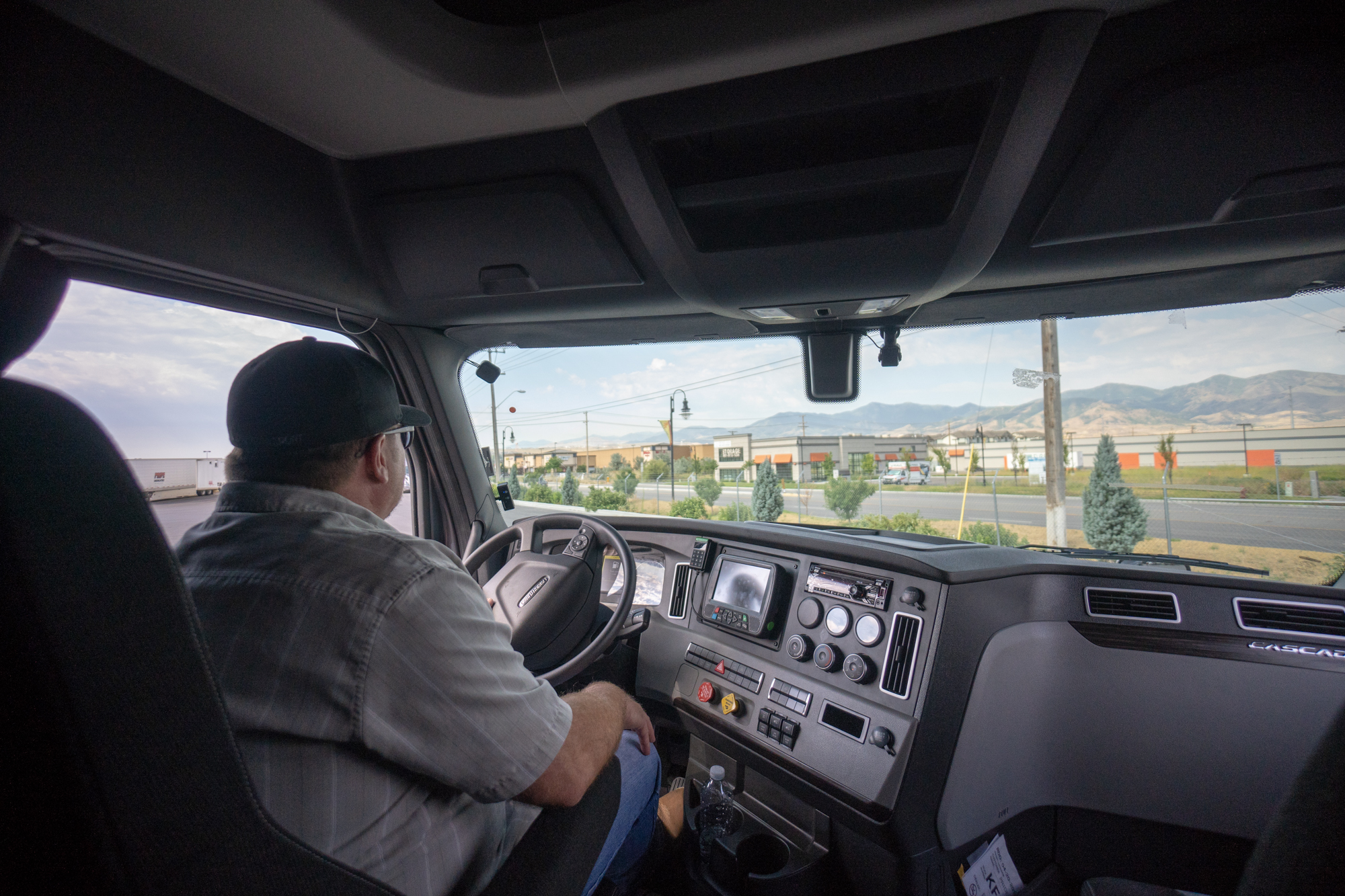by Pride Transport | Nov 14, 2022
Did you graduate from your truck driving school? Congratulations! That’s a big step, and you’re on your way to working in an exciting and rewarding industry.
At the same time, there may be aspects of the job that you’re worried about. You’re driving a vehicle that is tens of thousands of pounds, and you’re probably heading out on routes that you’re not familiar with. You might not be comfortable with all parts of the job yet, so it’s realistic to be wary. But fear not! You have the support you need around you in the form of colleagues and your employer.
As a new truck driver, you’re about to learn a lot about making your job easier. Collecting certain tips and tricks of the trade can help you make sure you are prepared for unexpected events and all the parts of your normal routes.
From preparing for your first delays to understanding what the Federal Motor Carrier Safety Administration (FMCSA) expects out of you during your first 18 months in service, there are plenty of details to review and learn about before hitting the road the first time or to review after you start on the job.
Here are some tips to help you prepare for many of the “firsts” you’ll encounter as a new driver so you can masterfully handle both the expected and unexpected.
Tip 1: Perfect Your Driving Skills
One of the first things you may run into as a new driver is a scenario in which you need to use some special driving skills. From backing up to maneuvering in tight spaces, you may feel less skilled than you’d like while driving.
To make sure you are more comfortable on the road and performing tasks like loading and unloading and docking, do your best to get some practice time whenever you can. The more you do these maneuvers, the better you’ll get at them.
Focus on keeping a good distance from other drivers, knowing the Smith System, and planning your trips in advance. If you don’t feel prepared enough once you’re on the road, you have the option of returning to school or taking additional courses. Enrolling in winter weather driving courses or those designed to teach emergency maneuvers may help you feel that you have more control over your vehicle.
Everyone starts out with minimal real-world training, so you’re not alone if you’re wondering if you have the skills to get from Point A to Point B without a problem. Just remember to take things slow and steady, and keep in mind what you learned in school. If you really get stuck, ask for advice or help from coworkers, a supervisor, or your employer.

Tip 2: Get Organized for DOT
Anyone who is a new driver (within their first 12 months of service) should expect to have a DOT audit as a part of the 18-month New Entrant Safety Assurance Program through the FMCSA. The Department of Transportation performs audits like this to make sure you’re following the rules and regulations in the industry.
During the New Entrant Period, you will be expected to drive safely, keep up-to-date records, perform maintenance, perform inspections, and pass the safety audit. The FMCSA will monitor you during the New Entrant Period through roadside inspections and the safety audit.
To make sure that you’re in compliance, you should put together a pre- and post-trip inspection routine. You should also maintain an Hours of Service log in compliance with current rules designed for all drivers in the industry. Keep these records organized, and your audit will go more smoothly.
Tip 3: Remember the Protocol for Delays
When you’re driving and run into a delay, that can be a big problem during your workday. However, your employer will have some protocols in place to help you handle delays, and you need to follow those to make sure the delay is as short as possible.
The first time you deal with a delay, reach out to your company if you’re not clear on what you need to do. Good, open communication is the key.
Then, if necessary, contact the customer to discuss the delay, so they know when to expect you to arrive.
It’s important for you to learn to manage your schedule. You should always strive to be on time or early, which may require you to add extra time to your route to avoid having delays negatively impact your company or customers.
Additionally, by adding a little extra time to your schedule, you’ll make room to stop and eat or exercise, get the rest you need, and avoid speeding or reckless behaviors as you try to get to your destination.
Tip 4: Get Connected With Other Drivers
Your life as a new driver can go much more smoothly if you have people on your side to help you out and answer any questions you may have. Getting to know the people working around you is a great first step.
Talk to your coworkers and other drivers about their backgrounds and history. They may be willing to share tips and tricks that they’ve learned over the years while working for your employer or with other companies you may come into contact with, so you can be better prepared yourself.
You may want to consider joining truck-driving threads on sites like Reddit or opt to join group chats with coworkers at the same company. You could also try an app like SmartTruckRoute, which has a truck chat you can ask questions in when you need answers.
If you’re not sure who to reach out to, consider finding yourself a trucking mentor. Your instructor is a great resource and someone you can ask questions, and they may be willing to mentor you as well.

Just Keep On Truckin’
After graduating and finding a job, you’ve done the hard work to get started in a valuable career in truck driving. You may still be new to the roads, but you’ve learned a lot about what you need to do to stay safe and keep your company satisfied. Now, you’ll get to explore new areas, meet new people and see all that this field has to offer.
If you’re looking for opportunities to drive, reach out to us at Pride.